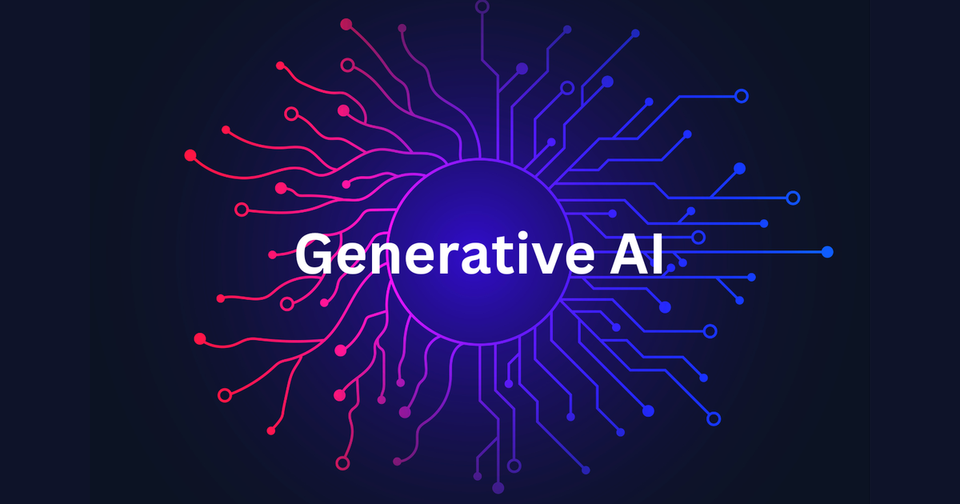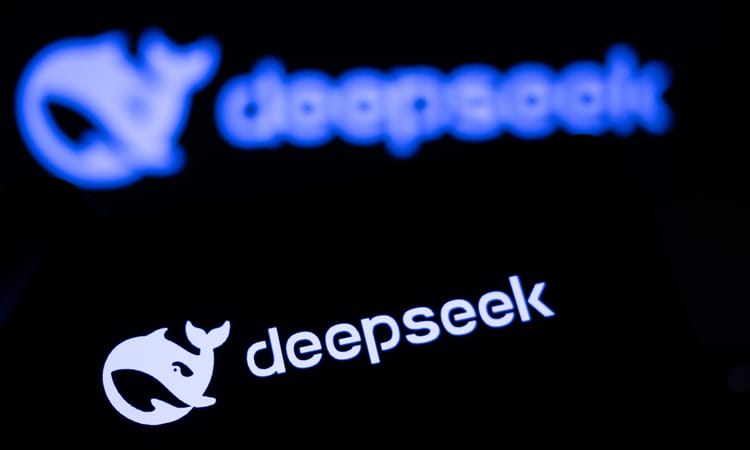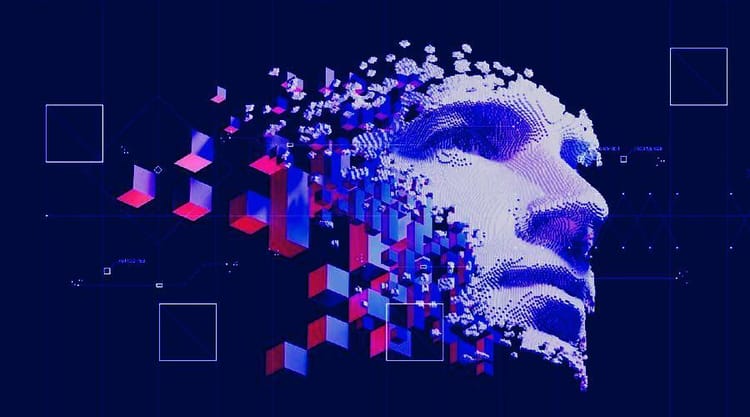What is Generative AI, and Why is it Popular? Here are the Basics

Generative AI is a top-trending topic, and some of the world's biggest companies, like Apple and Nvidia, are investing in this technology. But what is generative AI, and why does it matter?
On June 10th, Apple held its annual Worldwide Developers Conference to announce its latest project, Apple Intelligence. Apple's AI-themed conference was one of its most important WWDC keynotes recently, announcing its foray into AI and integrating new features into its iPad, iPhone, and Mac OS. Tim Cook, Apple's CEO, also shared that your next iPhones will integrate ChatGPT through its assistant, Siri.
Before the announcement, Apple was one of the leading tech giants that was conspicuously, or at least silent, about the generative AI craze. The announcement changed everything and further cements the value of generative AI in today's business landscape. So, what is generative artificial intelligence (AI), and why is it an important and trending technology?
Generative AI can be considered a machine-learning model trained to 'generate' new data rather than simply making a prediction about a data set. A generative AI system learns to create more objects, similar to the data it was trained on. These new data come in different forms, such as texts, photos, videos, or 3D renderings.
According to developers and experts, generative AI is the next step in artificial intelligence. These models or algorithms can be trained to learn human or programming language or study and generate content on complex subject matter. It can reuse its training data to solve problems or generate new content. For example, a model may learn English vocabulary and create a short story from the word it processes.
What are popular examples of generative AI interfaces or platforms?
AI applications are now common and becoming increasingly accessible to the general public. One of the most common AI applications is through a voice-activated AI that's pre-installed on your smartphones or speakers. For example, Apple devices have Siri, a digital assistant that uses voice queries, focus-tracking, gesture-based control, and a natural-language user interface to answer questions, complete tasks, and make recommendations over the internet.
Similarly, it's now possible to interact with generative AI using different software interfaces. The availability of these interfaces democratizes access to generative AI and makes it more familiar to the general public. If one requires technical knowledge and skills in the early versions of generative AI, today's batch of generative AI interfaces rely on plain language to execute prompts.

Here's a look at the most popular examples of generative AI interfaces, and there's a big chance you have used at least one of these:
ChatGPT
ChatGPT by OpenAI is a popular example of a text-t0-text generative AI. It's a chatbot capable of taking natural human language input in the form of prompts to generate output. Users can ask ChatGPT questions, engage in conversations, and prompt it to draft different types of texts in different genres and styles, such as essays, poems, and stories. ChatGPT has also become popular among university students and job seekers, as they use the tool to draft essays and research, and job seekers use it to create resumes and prepare for job interviews. Released in November 2022, ChatGPT now boasts roughly 627 million visitors monthly as of June 2024.
DALL-E
DALL-E by OpenAI is an example of a text-to-image generative AI. This AI model can generate images when you provide it with textual descriptions. To complete this task, DALL-E translates billions of text bits from the web into an abstraction of stored information and uses it as a reference for describable things for generating images. You can feed the model with descriptive text, and the model will generate photo-realistic images based on the prompts. The model can also produce multiple versions of the generated image in different styles and from varying perspectives. Also, you can use DALL-E to edit or extend an image.
DALL-E has been useful for a variety of applications and industries. For example, users use the model to generate marketing and brand materials or to create educational materials. The model produces high-quality images corresponding to its textual inputs, making it an important tool in different industries, particularly creatives.
Co-Pilot
Co-Pilot integrates AI into Microsoft's Bing search engine to offer enhanced searches and an interactive chatbot that can use web information to provide answers and recommendations. The service was launched in February 2023 and uses a large language mode. Copilot uses the Microsoft Prometheus model based on OpenAI's GPT-4 foundational large language model.
If you're using the Microsoft search engine, you'll find the Co-Pilot integrated into the service. The tool's conversational interface resembles ChatGPT's; you can use the chatbot to ask questions and get recommendations. Co-Pilot can also create pomes, cite sources, generate songs, and generate a list of literature for research.
Gemini (Formerly Bard)
Gemini, formerly Bard, is Google's text-to-text generative interface, based on the company's large language model, LaMDA (Language Model for Dialogue Applications). Like ChatGPT, Gemini is also a chatbot that uses AI technology to answer questions and generate texts based on user prompts.
Google's foray into generative AI received a lukewarm response, and many called up the company for its questionable outputs, particularly in image generation. In February 2024, Google's Gemini became the center of controversy when social media users reported that the chatbot was generating "historically inaccurate images of historical people of color", with some commentators decrying the apparent bias or "wokeness".
Popular generative AI applications
Generative AI is trending for the right reasons. This technology has plenty of use cases, and we're currently enjoying some of them. Language, audio-speech, visual, imagery, and data generation models exist today.
Language models are the most common generative applications today and are accessible to the general public. These models are often used for translation, creative and academic writing, and grammatical correction or analysis. Perhaps the most popular example is ChatGPT, which is becoming more readily available to users without technical skills and knowledge.
Then, you will also find audio and speech models, which help compose songwriting, dictation, transaction, and speech and voice recognition. Visuals and imagery models, on the other hand, are used for illustration, infographics, 3D modeling, creative design, and image editing. Finally, data-generating models help create synthetic data on which to train artificial intelligence models.
A few limitations of generative AI explained
Generative AI models collect a rich amount of content from the web and use the information they're trained on to generate outputs and make recommendations based on users' prompts. The model's output is based on the data it is fed, but there's no guarantee that the results are correct.
For example, Google's AI Overviews recently went into hot water for showing inaccurate results. When you use these generative AI models, these tools rely on information they can get online. And at a time when misinformation is rampant and with fake news dominating a few of our platforms, there's a chance that these models may pick these up. Also, experts say that these models may incorporate some biases in some content that it consumes online, and there's no way to tell if it's true or not. Some say that these issues have caused disinformation online. These are just some of the concerns the industry has about the generative AI models that are popular right now.
Generative AI is still a relatively new technology, and it's safe to say that there will still be many improvements in the pipeline. As new companies jump onto the AI bandwagon (think Apple), more enhancements can be integrated into these models to become more efficient. In the meantime, it's important that we, as users, verify the outputs generated by these models, follow the ethical guidelines for using generative AI, and keep updated on the latest developments in this space.




